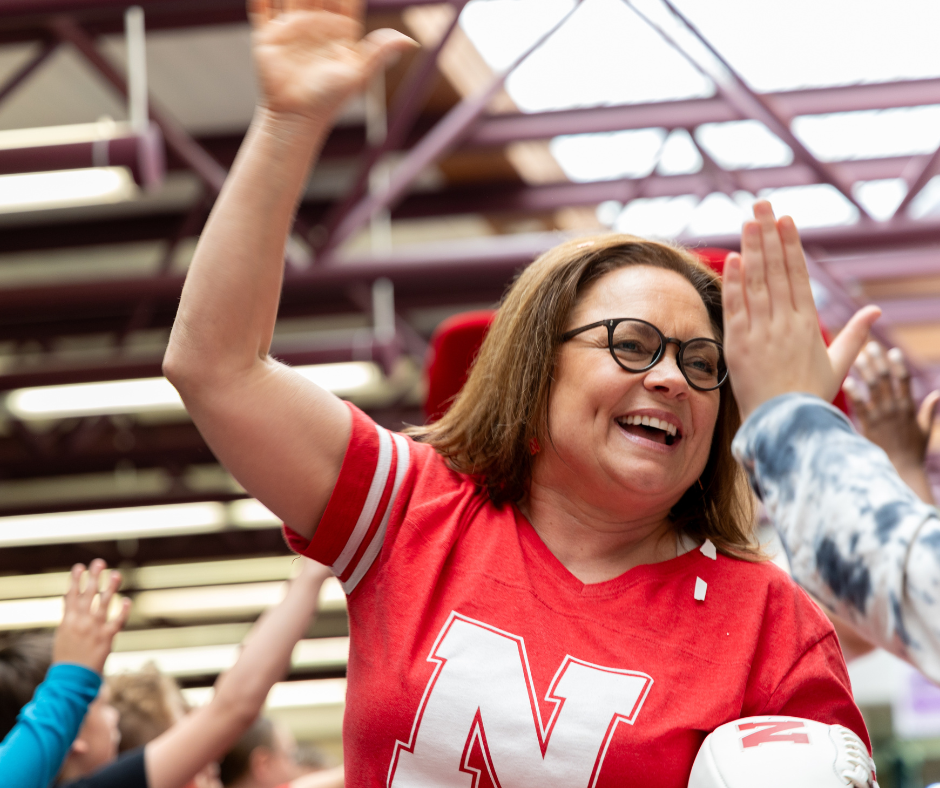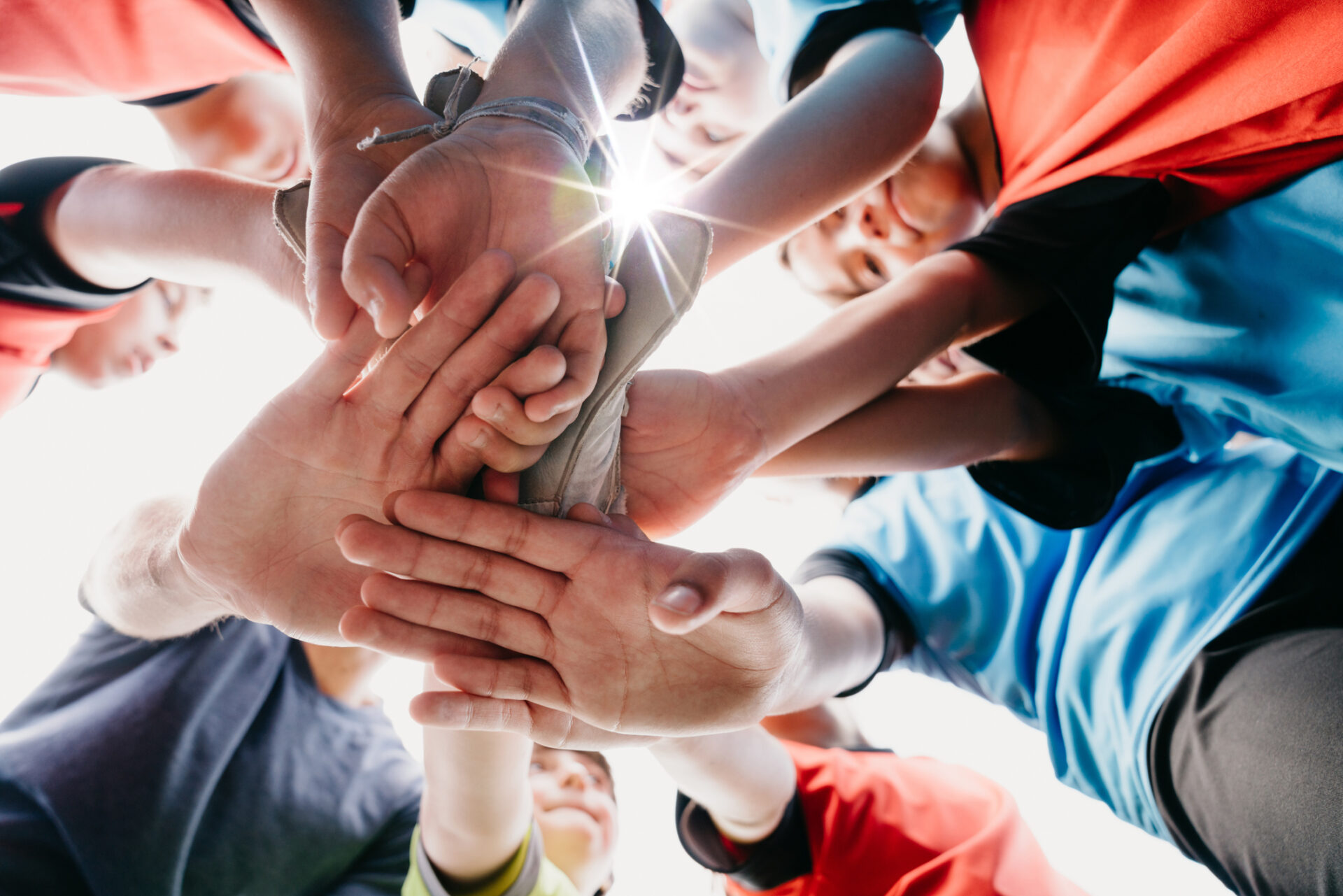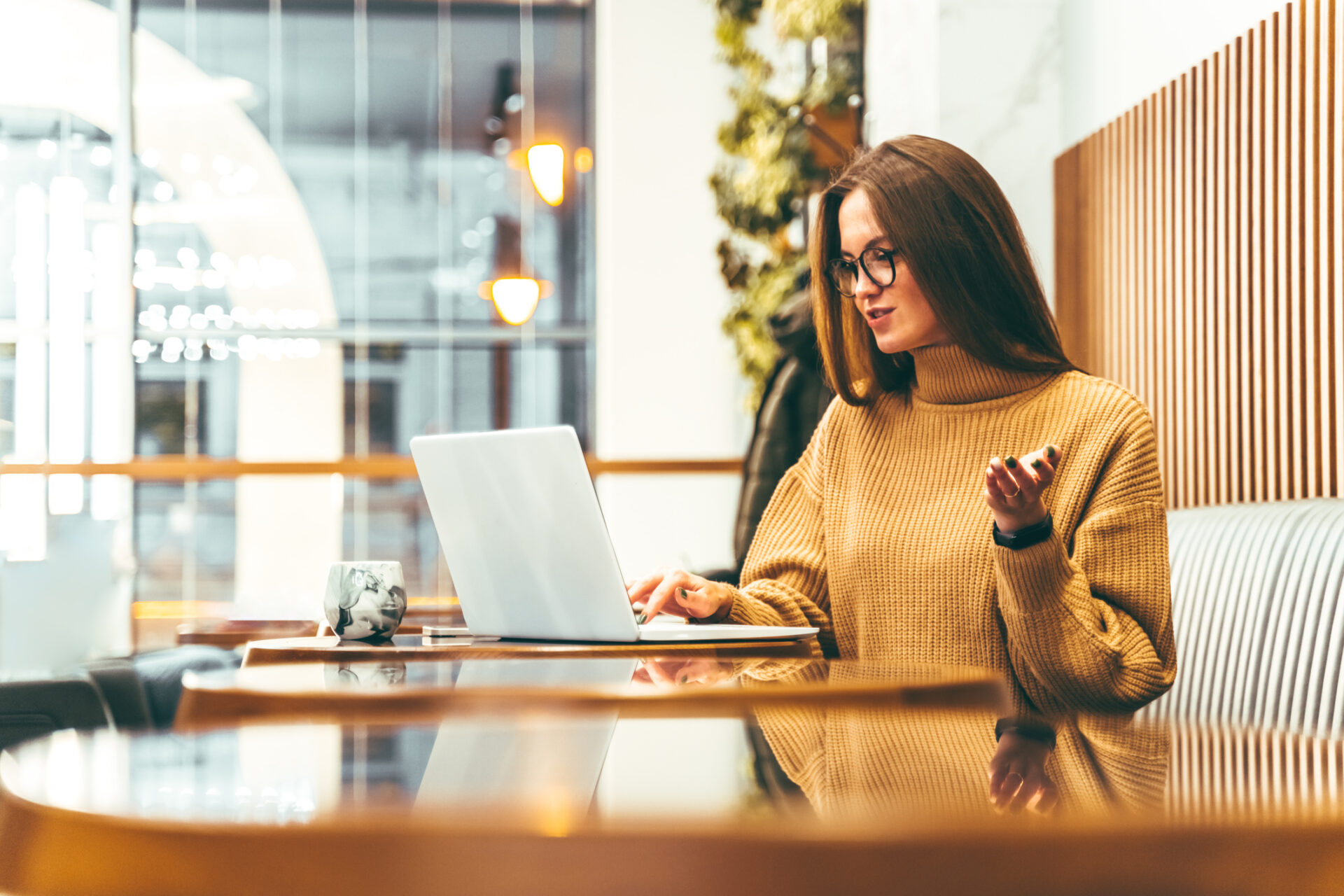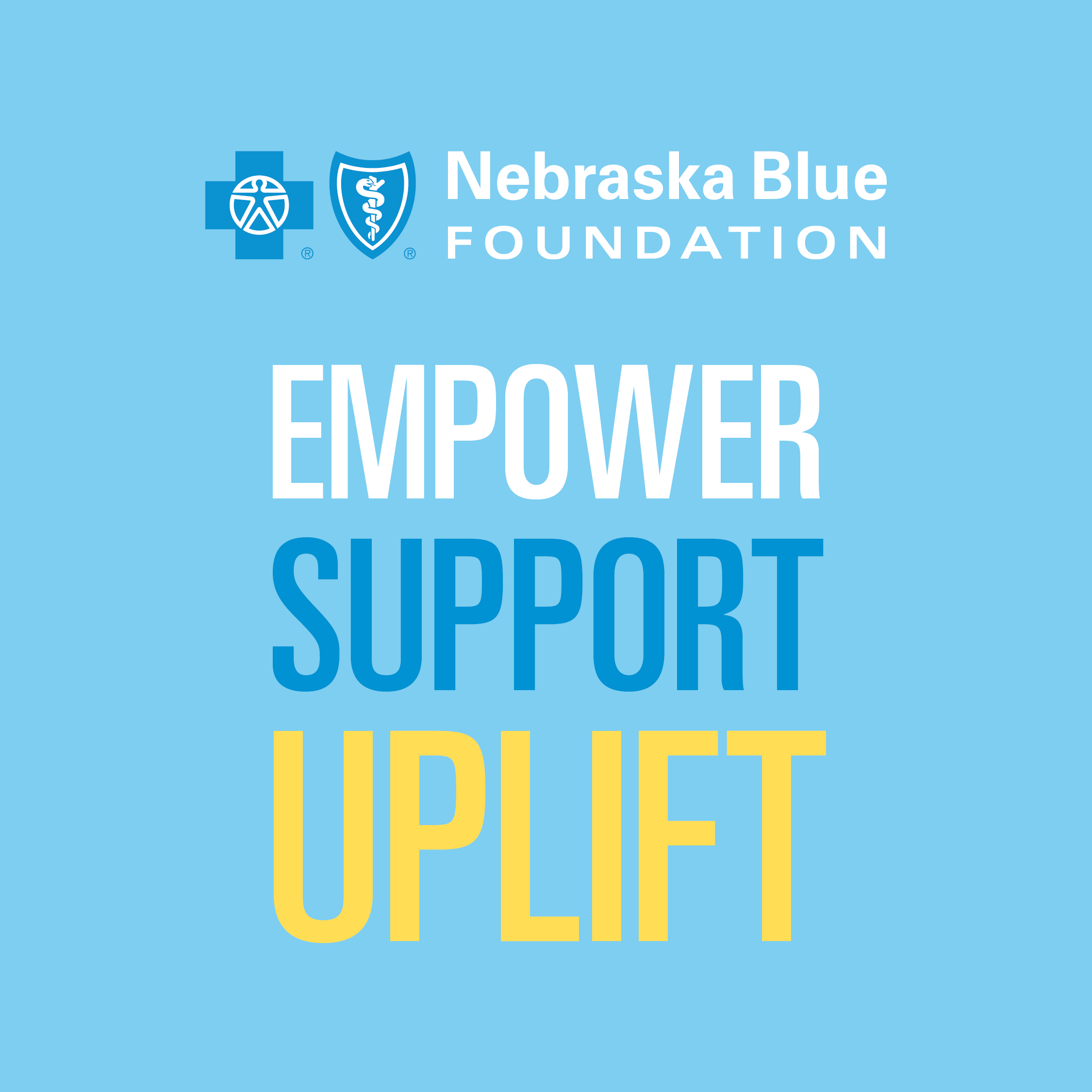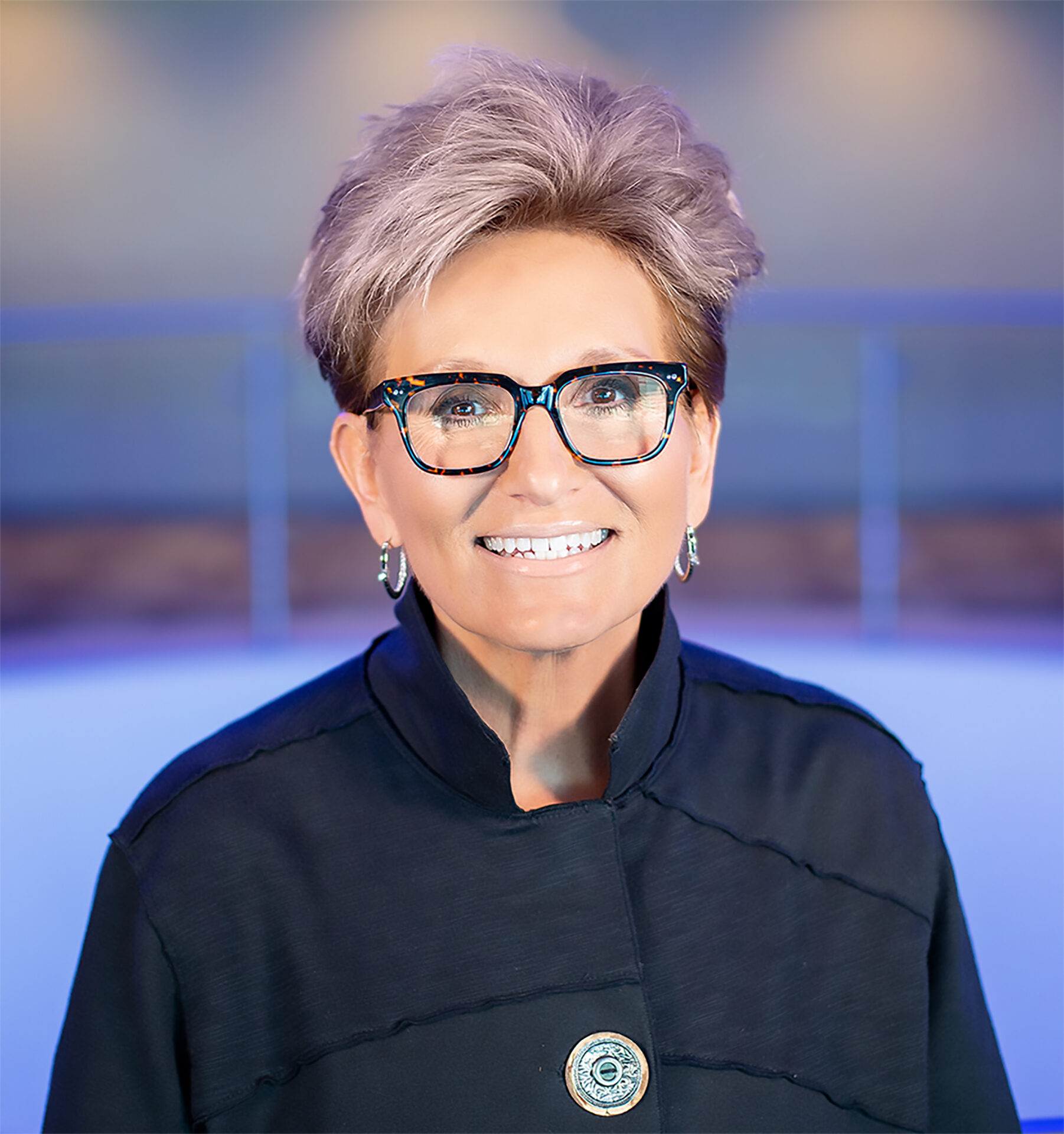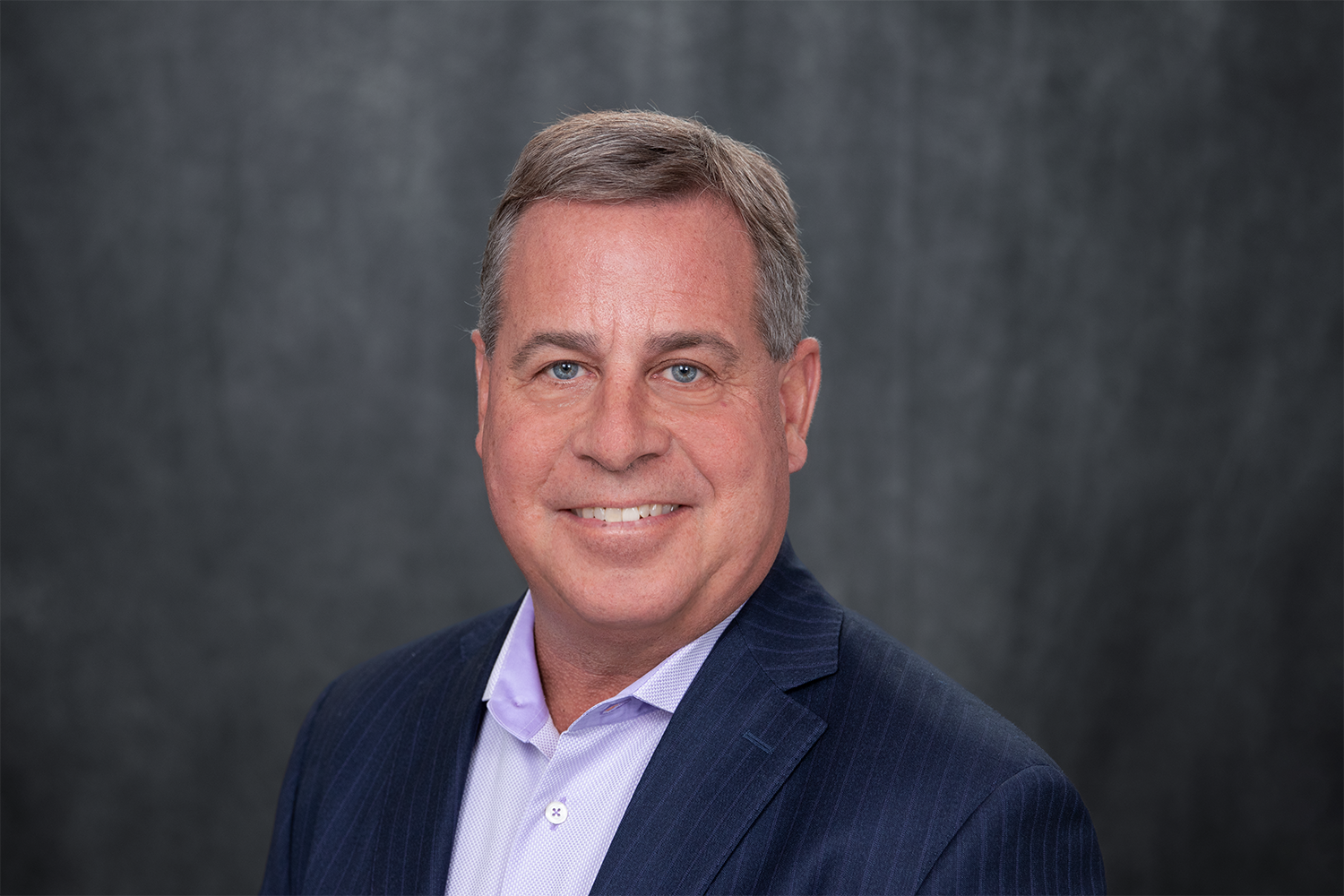As we grow older and look for ways to fortify our physical and mental health, study after study has painted a picture for us: It pays to get creative.
This time, we’re not talking about exploring a new Zumba Gold class or diving into a series of brain games. We’re talking about exercising actual creativity – painting, drawing, sculpting and otherwise engaging in art.
“Artistic expression provides an outlet for accessing new ideas and developing problem-solving skills,” says Betsy Funk, a licensed clinical social worker, registered expressive arts therapist and co-founder of Omaha Therapy and Arts Collaborative. “It can also generate a greater understanding of one’s personal life experiences and a positive mental outlook on one’s personal history, which can be extremely empowering.”
Funk says art making can have a calming, almost meditative effect on the artist, which can potentially decrease stress, anxiety and depression, positively impacting a person’s physical health over a period of time. Beyond that, research shows that creative expression can decrease blood pressure and regulate the central nervous system.
At Nebraska Medicine’s Fred and Pamela Buffett Cancer Center, an entire program has been created around the art-wellness connection. Healing Arts, with its therapeutic art and music programs and diverse art collection, is designed to reduce pain perception, anxiety, stress and depression in patients undergoing cancer treatment. The program also serves as a stress-relieving creative outlet for Nebraska Medicine staff and students.
But here’s the rub: What if you don’t consider yourself artistic?
Funk says reconsider: “I believe everyone has the capacity for creative expression in some form and that being creative is innate to human nature – from the time we can pick up a crayon, smear paint with our fingers or sing ‘Twinkle, Twinkle Little Star.’ Unfortunately, there are those who have been told they aren’t good enough at art or worse, that they aren’t capable of being creative at all.
“I find, repeatedly, that a lack of creative outlet exists for most of my clientele, and this lack can have a long-term, negative impact on mental health and emotional well-being. Bringing a creative spark back into one’s life can be extremely positive and healing.”
In her professional opinion, no one art form is more beneficial than another.
“Painting, drawing, clay work, making and listening to music, gardening, poetry and other forms of creative writing, as well as dance and movement, are all beneficial forms of creative expression,” Funk says.
Better yet, she says simply viewing or experiencing art (such as attending a concert or live theater production or going to a museum or art gallery) can be just as impactful as creating art.
“New research shows that viewing art can improve health and well-being by lowering anxiety, boosting critical-thinking skills, and increasing feelings of tolerance and empathy,” Funk says. “In fact, one study found that viewing artwork can create similar physical reactions to those that occur when we fall in love. Specifically, when a person views a piece of beautiful art, dopamine (a chemical related to feelings of desire, love and pleasure) is released into the brain.”
In other words, with always-free general admission to Joslyn Art Museum, Funk says, “you have a free pass to fall in love!”
ART + YOGA
Beyond its 11,000 curated works, Joslyn Art Museum has devised another way to help strengthen bodies and center minds. Garden Yoga is held every Sunday in August and September at 10:30 a.m. Participants meet in the sculpture garden for a one-hour, beginner-friendly session. $5 donation suggested.

